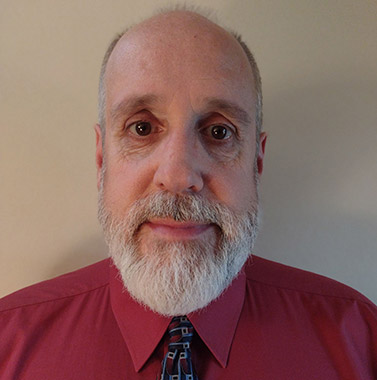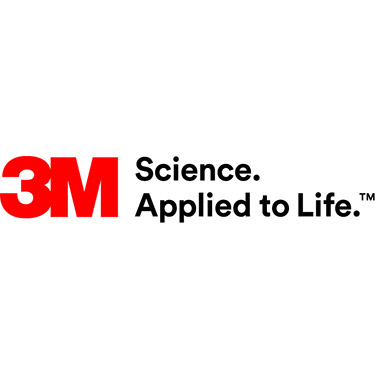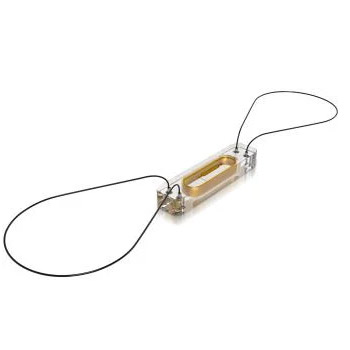

The UK MHRA has published “Software and Artificial Intelligence as a Medical Device.” The guidance document assembles previous guidances and regulatory requirements for SaMD and AIaMD devices seeking commercialization in the UK market.

The UK MHRA has published “Software and Artificial Intelligence as a Medical Device.” The guidance document assembles previous guidances and regulatory requirements for SaMD and AIaMD devices seeking commercialization in the UK market.

Connected devices already enable remote patient monitoring by collecting real-time data, such as injection date and time. With time, these benefits are likely to grow. Following are three areas where manufacturers are exploring new uses of digitalization in drug delivery to better understand the needs of patients and healthcare professionals and create more effective devices.

Internet-enabled medical technologies have significantly improved the standard of care. They have also introduced a range of challenges for healthcare practitioners, administrators, and patients. The good news is these issues can be mitigated—or, in some cases, eliminated—in the engineering and design phase. Following are five key considerations for manufacturers to help foster connected healthcare’s continued acceleration.

“The innovation, security and reliability of AWS helps us accelerate the delivery of high-quality clinical documentation. Our overarching goal is to create a better, more sustainable solution and to continue to be a trusted partner that our clients can rely on to reduce administrative tasks and prioritize patient engagement.”

The CDRH notes that the goal of the guidance is to put safe and effective advancements in the hands of healthcare providers and users more quickly to help increase the pace of medical device innovation in the U.S. and enable more personalized medicine.

New data presented at the Technology and Heart Failure Therapeutics (THT) Conference showed that hemodynamic monitoring can slow the progression of heart failure in patients with reduced ejection fraction.

UX (user experience) design processes are constantly evolving as the industry continues to embrace IoT technologies. With this evolution comes a need to focus on improving UX protocols in the design of medical devices.

Cybersecurity in health care is anything but simple. But significant changes can be expected in the coming years.

A new guide from the Healthcare and Public Health Sector Coordinating Council recommends cybersecurity strategies that manufacturers and health providers can implement for legacy medical technology as a shared responsibility in the clinical environment, and provides insights for designing future devices that are more secure.